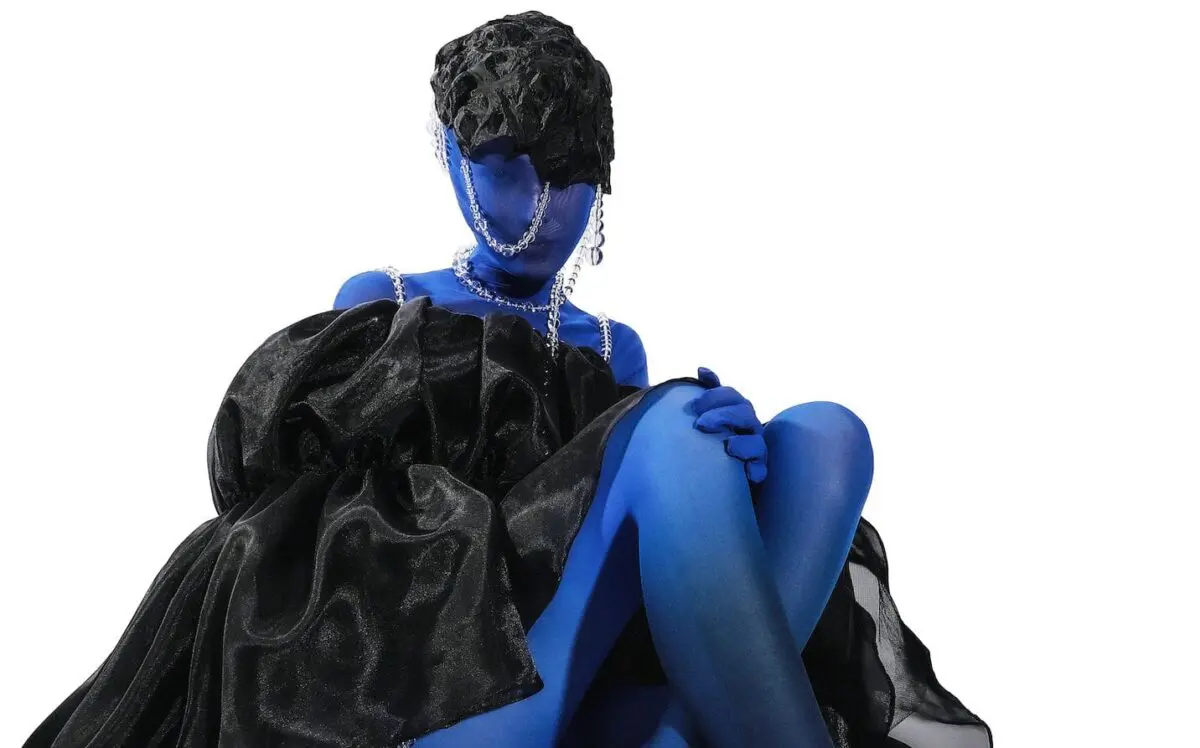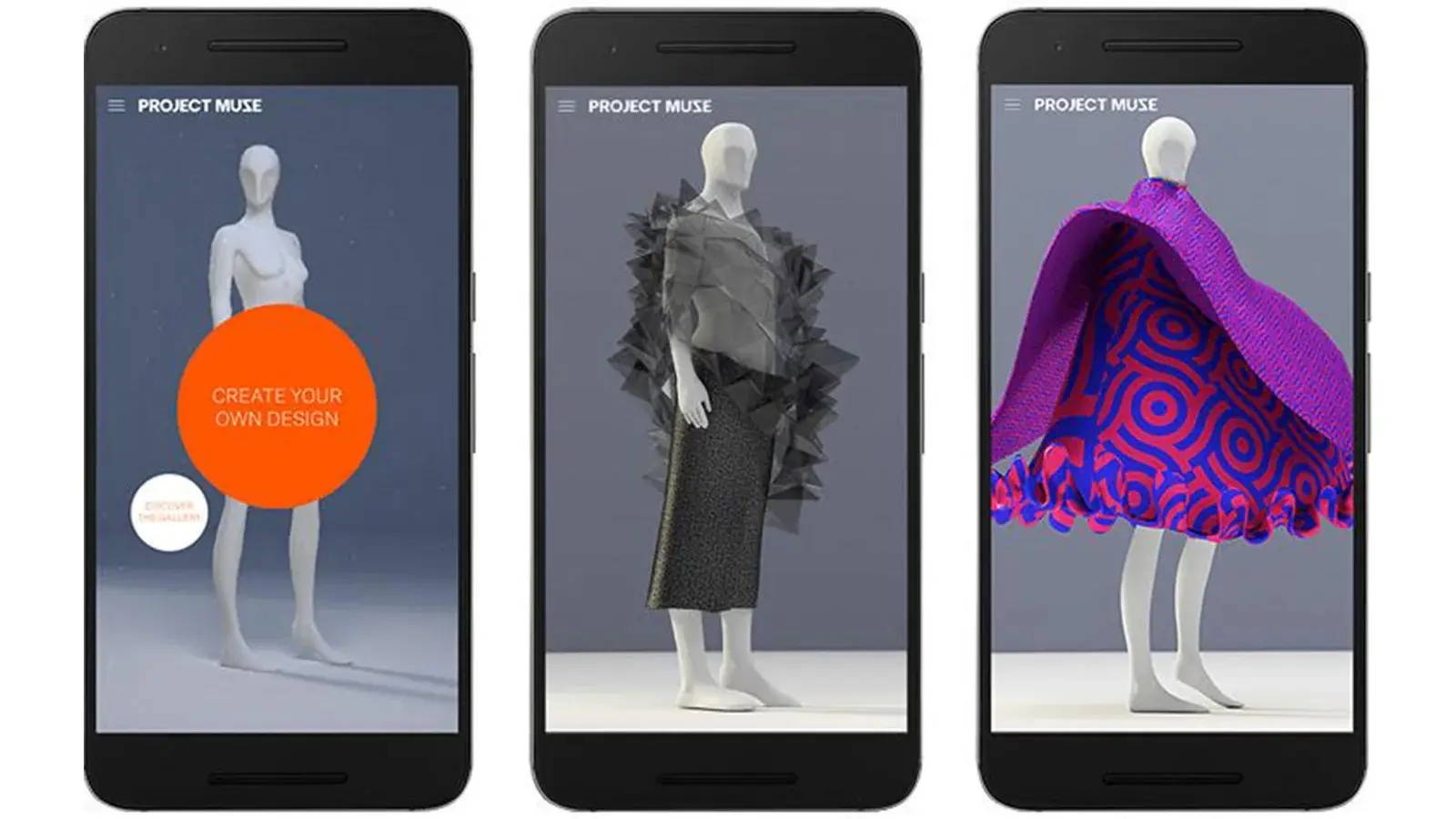As technology evolves, the fashion industry is witnessing a rapid transformation. Generative AI has emerged as a powerful tool, potentially reshaping the role of fashion designers. This blog explores how AI influences fashion design, enhances creativity, and paves the way for a new era in the industry.
The Rise of Generative AI in Fashion
The advent of Generative AI marks a pivotal moment for the fashion world. Machine learning algorithms are now capable of producing stunning designs, creating patterns, and generating entire fashion collections.
In recent collaborations, brands like The Kooples have launched AI-generated capsule collections, showcasing the immense potential of this technology in fashion design. But the real question looms: can AI truly replace the creativity of human designers?
As big players in fashion begin to explore Generative AI, it is essential to examine the balance between leveraging technology and preserving artistic integrity.

Understanding Generative AI
Before delving deeper, it is crucial to understand what Generative AI is and how it functions. At its core, Generative AI refers to algorithms that can analyze vast datasets to create new content—be it images, designs, or text. Designers can harness tools like DALL-E or Midjourney to produce entirely unique fashion designs in a matter of minutes.
This technology not only increases efficiency but also invites designers to experiment with designs that might not have previously crossed their minds. It opens the door to endless possibilities and redefines traditional approaches to fashion design.
The Potential Impact on Fashion Designers
Generative AI undeniably presents both challenges and opportunities for fashion designers. On one hand, designers face the fear of redundancy in their roles as AI systems gain traction in the industry. On the other hand, incorporating technology into the design process enhances creativity and allows for a more seamless workflow.
The primary advantage is the potential for designers to focus more on the creative aspects of their work. With AI handling repetitive tasks like creating mood boards or generating 3D models, designers can channel their energy into innovation and exploration.
Consider a scenario where a designer can input their vision into an AI model that generates countless variations. They can then select the best options and personalize them, revolutionizing their workflow and design process.
Case Studies in AI-Driven Fashion Design
As generative AI continues to make waves, several brands have already started to embrace this technology in groundbreaking ways. For instance, LVMH has initiated partnerships that leverage machine learning to enhance the creative process. These collaborations aim to streamline workflows while also encouraging designers to engage with the technology creatively.
Similarly, brands like Gucci have introduced AI tools for designers, enabling them to visualize potential designs rapidly. This not only increases productivity but also fosters a culture of experimentation in design. As the industry integrates AI into the fabric of design work, it will be fascinating to see how this affects the traditional role of a designer.

Challenges of Integrating AI in Fashion Design
Despite the undeniable advantages of generative AI, the fashion industry must navigate several challenges during this integration phase. The primary concern is the loss of individuality, as many fear the homogenization of designs could occur due to the over-reliance on AI tools.
Moreover, the apprehension surrounding intellectual property rights poses a significant hurdle. As AI creates designs based on existing works, defining ownership becomes increasingly complicated. The industry’s leaders must address these critical issues to maintain the artistry that fashion embodies.
Addressing Ethical Concerns
Ethical considerations surrounding AI in fashion design cannot be overlooked. As brands adopt AI-generated designs, they must consider the implications of their choices on cultural representation and authenticity.
For example, manifestations of cultural appropriation can be exacerbated by AI-generated designs that strip away the context and meaning behind traditional motifs. As such, designers must remain vigilant and ensure they use AI as a tool that complements their vision rather than replaces it.
The Future of Fashion Design with AI
As generative AI evolves, it will undoubtedly continue to shape the future of fashion design. Designers who embrace this technology with an open mind will find new opportunities to innovate and push boundaries. Rather than viewing AI as a competitor, it can be seen as a collaborative partner that enhances creativity and productivity.
In the upcoming years, we can anticipate a shift in focus toward human-AI collaboration, striking a balance between technology and the irreplaceable human touch in fashion design. This will allow for a richer, more diverse expression of creativity in the industry.
Education and Training in AI Skills
To ensure designers can fully harness the power of generative AI, educational institutions must adapt their curricula to include data science and AI training. Future fashionistas must possess not only creative instincts but also the skills to utilize AI tools effectively.
Courses that combine traditional fashion education with technology will prepare aspiring designers for the realities of the modern fashion landscape, where synthesis of creativity and technology will reign supreme. The next generation of fashion designers will be innovators capable of navigating this new terrain.
Conclusion: Embracing Change in Fashion
The fashion industry stands at the cusp of a revolution. Generative AI promises to redefine the boundaries of creativity while enhancing productivity and efficiency. Embracing this change is essential for designers who wish to remain relevant and unlock new creative avenues.
By acknowledging the challenges and addressing ethical considerations, the industry can foster a symbiotic relationship between technology and artistry, paving the way for a vibrant and innovative future in fashion.
Source: wwd.com
Hi, I’m Sarah, a 30-year-old journalist with a passion for storytelling and uncovering the truth. I strive to bring important issues to light and connect with my audience through compelling narratives.



